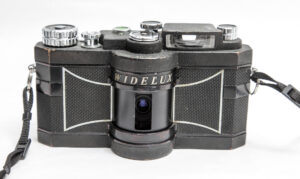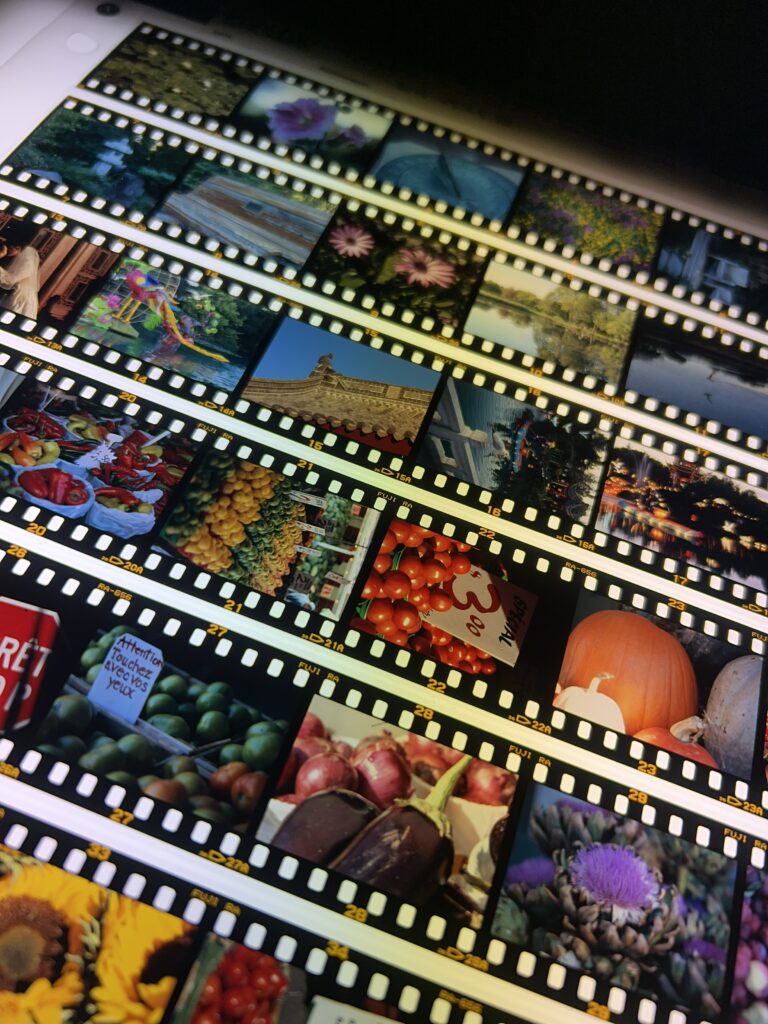Sebastian Schlüter wrote in 2018 about The magic of Fuji Frontier SP-3000.
Fuji Frontier is the product line moniker for minilab solutions from Fujifilm. In the early 2000 their minilab Fuji Frontier was the reference for film processing and printing, and one of its main attribute is that the printing phase was done digitally. Instead of optically enlarging the image, you put the source film transparency into the scanner, and it will print the images on photographic paper (RA-4 process). And the SP-3000 scanner, the latest model that was part of that minilab system, is still thought after as it produces high quality images out of the box. This was part of the magic (that can’t be distinguished from technology). Just to add how this was revolutionary, it allowed producing mini contact sheets, and it allowed printing slide film without intermediate negative or without inversible (positive) photographic paper. As a business, you could charge 5-10$ extra to store the scans used to print on a CD. Your 1 hour photolab likely used one of these, or its competitor like Noritsu, Agfa or Kodak.
One of the key point of the Frontier is that is does its work fast and automatically. Scanning is always a lengthy process and hard to tune to get good results. The Frontier integrates all of that. Other alternatives are Noritsu who offers a higher resolution, and Kodak Pakon, that requires 20+ years old Microsoft Windows XP to drive it, but is much smaller. Acquisition costs for a Frontier SP-3000 starts at CA$6,000 on the used market and the device takes a huge amount space, so does the Noritsu, and have the same requirement for maintaining the same operating system.
The film to digital workflow is either expensive, slow or poor quality. DSLR scanning provides a good DIY alternative that is reasonably priced if you already have the camera and a proper setup rival dedicated film scanner on many aspects.
Previously: How film commercial processing and scanning is done


